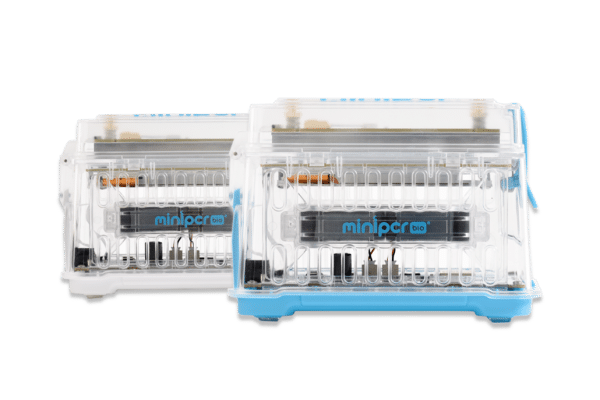
MiniPCRBio
A very large part of BioBarcode’s existence is thanks to the innovative, research grade portable equipment designed and manufactured by MiniPCR Bio.
The thermocyclers (PCR machines) and the BlueGel Electrophoresis tanks have offered a user friendly way to teach molecular biology that mimics how real scientists work in the lab.
This website is full of fantastic resources for teachers! Tutorials, videos, Case Studies – the list goes on! These guys wanted to make DNA technologies accessible for everyone and they really are succeeding.
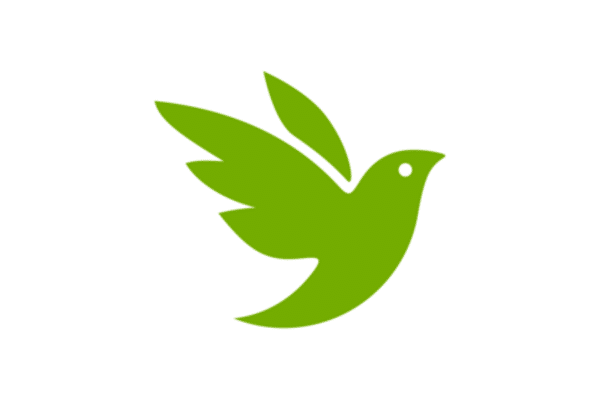
iNaturalist Australia (App)
iNaturalist Australia is a top tool for environmental discovery that allows you to explore and contribute to biodiversity knowledge. Your findings, once uploaded, support global scientific efforts by joining the Atlas of Living Australia (ALA) and the Global Biodiversity Information Facility’s databases. NB: You are required to register for full access to this app and its aimed at an adult audience because of privacy and security issues. iNaturalist’s free app SEEK does not require full registration, so is therefore more suitable for younger audiences. [This app is extensively used for BioBarcode’s ABFL Citizen Science project]

In2Science
In2science places STEM university students into high schools as peer mentors, explaining Australian curriculum-linked topics for high school students. We do love great role-model science ambassadors!

Gene Technology Access Centre
The Gene Technology Access Centre (GTAC) has been providing comprehensive life science resources to Australian schools for 20 years. Register for free and check out the amazing array of cool resources!

DNA Learning Centre
A comprehensive US website for all things biotech and life sciences. Their resource centre for teachers includes lots of visuals for everything classroom biotech; the animations are particularly checking out!!
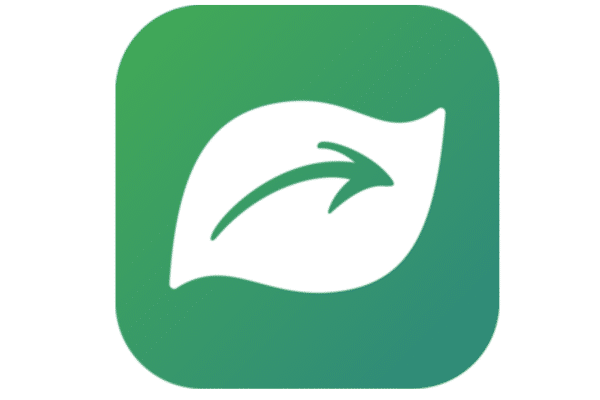
Seek by iNaturist (app)
SEEK by iNaturalist is a great starter app to get students out observing species with a fun badge earning function. It has a slightly limited database BUT it provides a fun introduction to using the classification system to identify the plants and animals all around you. You can earn badges for seeing different types of birds, amphibians, plants, and fungi and participate in monthly observation challenges in your location.
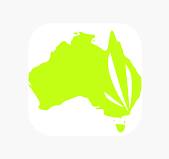
WeedScan (App)
Australia’s premier AI app for identifying significant weed species, WeedScan is a valuable tool for recognizing problematic weeds in the environment. It specifically targets priority weeds, excluding common garden varieties. BioBarcode’s ABFL project leverages digital tools like WeedScan to spark interest in local biodiversity. The app is free to download without the need for account registration, making it ideal for educational use with students.
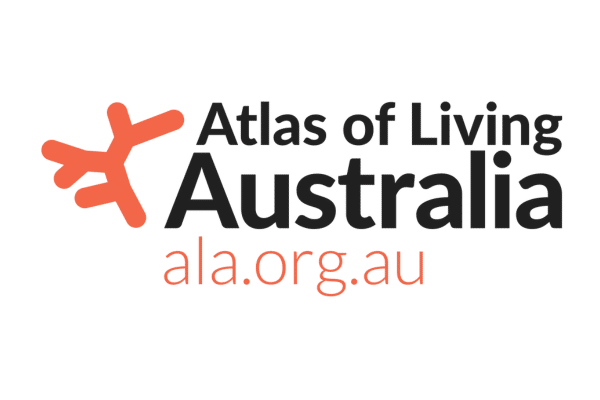
Atlas of Living Australia
The Atlas of Living Australia (ALA) is a collaborative, digital, open infrastructure that pulls together Australian biodiversity data from multiple sources, making it accessible and reusable.
The ALA helps to create a more detailed picture of Australia’s biodiversity for scientists, policy makers, environmental planners and land managers, industry and the general public, and enables them to work more efficiently.
Note: BioBarcode’s ABFL data is automatically added to this national resource via iNaturist.
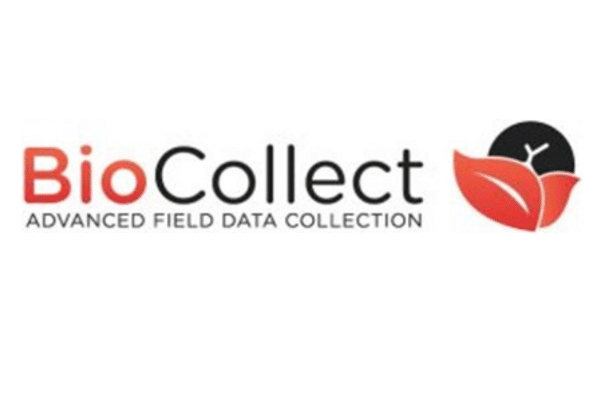
BioCollect (App)
The BioCollect mobile app allows you to record data for your project (or other projects) in the field on your device of choice. It uses the device features such as the camera, clock and GPS to improve usability and data recording efficiency in the field. You can also use the web app in a browser on your mobile device.
The generic BioCollect app is currently only available for citizen science projects
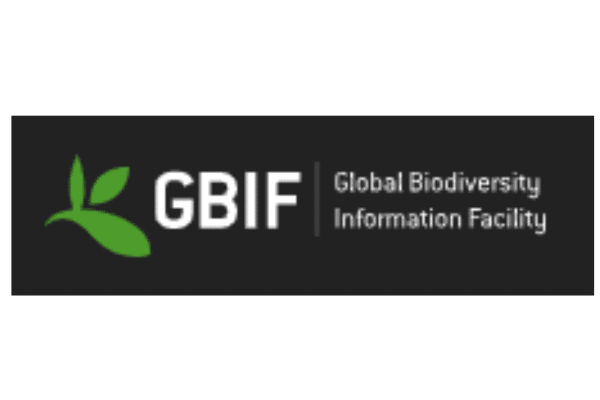
Global Biodiversity Information Facility
The Global Biodiversity Information Facility (GBIF) is an international network and data infrastructure funded by the world’s governments and aimed at providing anyone, anywhere, open access to data about all types of life on Earth.
The ALA is the Australian node and a full voting member of GBIF.
Note: BioBarcode’s ABFL data is automatically added to this global resource via iNaturist.
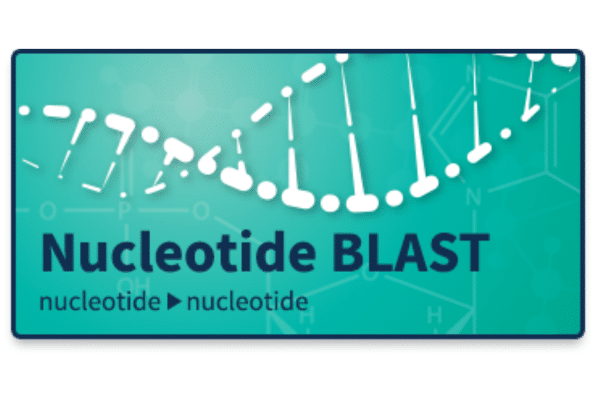
Basic Local Alignment Search Tool (BLAST)
As a comprehensive database for genetic information, BLAST (NIH’s Basic Local Alignment Search Tool) is an essential resource for genetic sequence analysis. BioBarcode incorporates BLAST to initiate the examination of genetic sequences from samples. Educators can showcase its capabilities by inputting a species name, prompting BLAST to retrieve and display its genetic sequence in the form of nucleotide bases, demonstrating the vast amount of data available.

Globaia – Planetary Boundaries
If you want a great site that describes climate change in beautiful graphics look no further. This Swedish organisation has comprehensively compiled the impact of the planet’s decline over the years. Just check it out!
